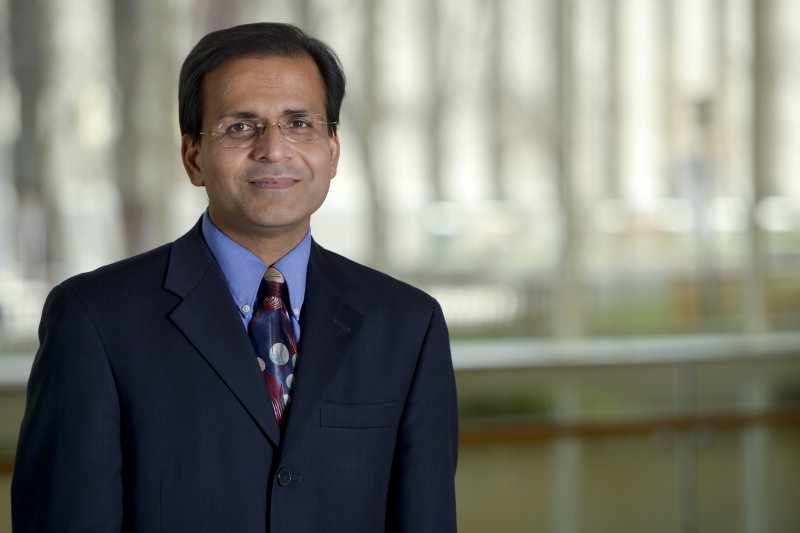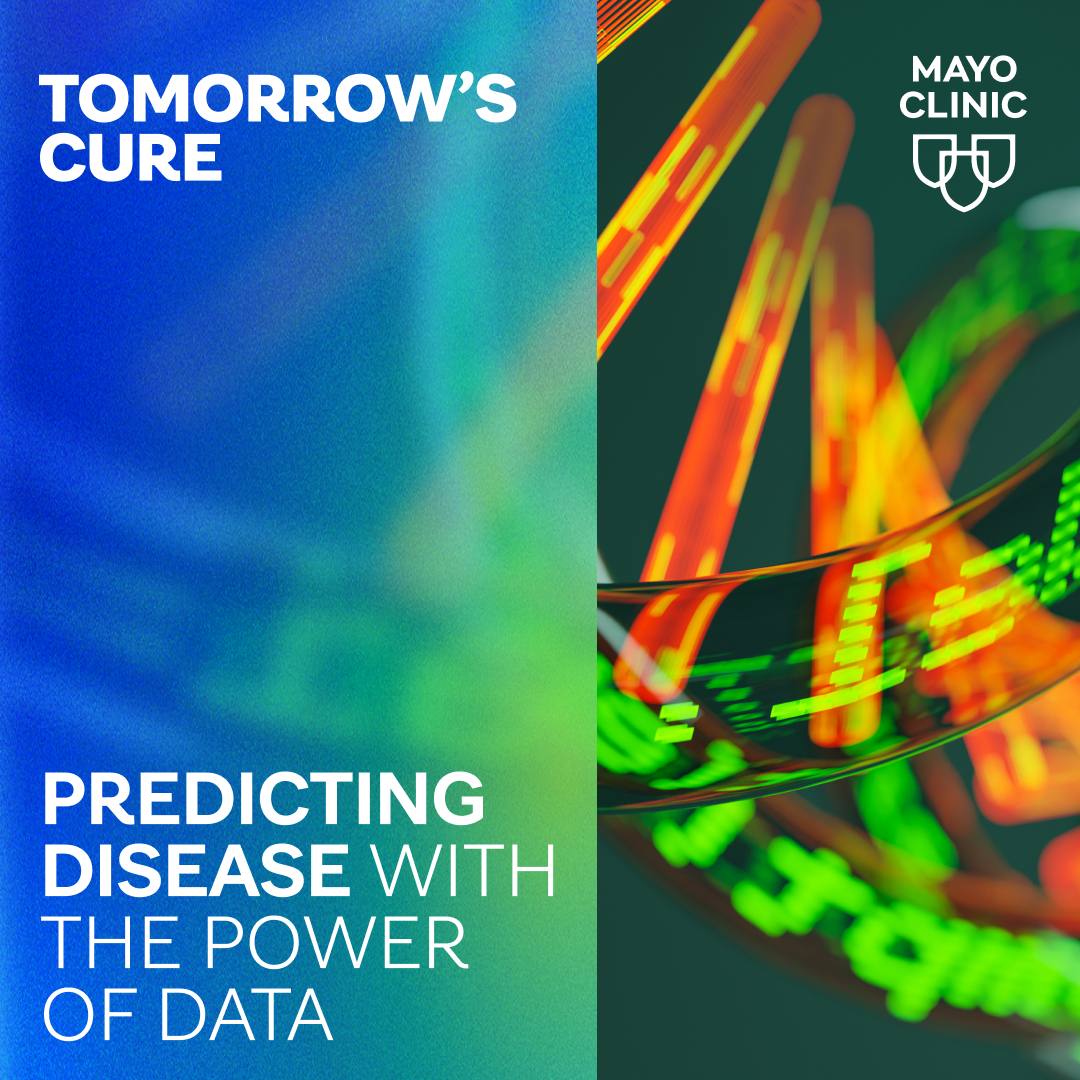-
Something to Think About: Harness your anger

Dr. Amit Sood says, "Harness your anger so it seeds transformation, not regrets."
Dear friend,
Just as baboons show their canines, kitties hiss, screech, and beat their tails, and frogs puff themselves up when angry, humans lower their eyebrows, thin their lips, flare their noses, and push up their chins—all designed to convey the message, “Watch out; I have great fighting power.”
Anger can range from mild displeasure or frustration to fuming rage that can become explosive and violent. The higher the temperature, the greater the element of fear and panic mixed in the anger. Anger is a way to vent and feel a sense of control. Not uncommonly, in our effort to blow off steam, we misdirect our anger. We don’t get angry with those we should be angry with. We get angry with those we can be angry with. The latter are often the weak and the vulnerable.
Not all anger is bad, however. Many scientists theorize that anger was designed to increase social bargaining power. Gentle anger thus can be a great negotiating tool. It is a call for change. A reason often sparks such anger, often preceded by a larger story. Similarly, anger against injustice, oppression, or severe wrongs is often justified. Justifiable, gentle anger (details below) prevents violence instead of causing it, by providing a warning before things get worse. Indeed, research shows that most anger (90 percent) does not result in violence.
There are situations, however, where anger is maladaptive. For instance, violent anger can lead to a brawl and much worse. Such anger constricts attention, thereby interfering with the open-minded and free thinking that is necessary to find creative solutions. It is also energy intensive; you can’t sustain such anger for more than a few minutes before feeling depleted. In violent anger, we lose rationality and kindness and seed future embarrassment, particularly if we misdirect it. Further, violent anger seldom serves the reason that evokes it. Instead, it inflames a part of us while improving no one. It provokes counter anger. It isolates us from the world. That’s a heavy price to pay.
A second form of maladaptive anger is the repressed anger that bottles up negative emotions. While it may not hurt immediately, it has long-term consequences, including an increased risk of heart attacks and even early death. It creates inner conflicts, distances you from your loved ones, and sometimes incites passive-aggressive behavior.
How best to work with situations that invite maladaptive anger? I suggest two healthier options.
1. Elevate your anger threshold: The simplest and best alternative is to elevate your anger threshold so you aren’t easily riled by common life situations. The more grateful, compassionate, accepting, and forgiving you are, the higher your anger threshold will be. Completely bypassing anger, however, is not only superbly difficult but also undesirable.
2. Develop justifiable, gentle anger: Be rational in your anger, dial down your anger energy, and direct that energy toward solutions. Slow down, step back, think two steps forward, look at the whole context, and follow these five principles: right reason, right person, right place and time, right extent, and right intention.
Get angry for the right reason, with the right person, at the right place and time, to the right extent, and with the right intention. The reason should be substantial; the person should be the intentional wrongdoer; the place should be private; the time should be one conducive to learning; the extent should be proportionate to the perceived misdeed; and the intention should be to communicate the truth and to inspire.
If you follow these rules, your anger will be more effective. Such anger will less likely seed future regrets or embarrassments. It will also help you reach a point where you don’t bottle up internal anger. That might remove toxic arguments, conflicts, and fights from your life and fill the space so created with love, nurturing, and meaning. Won’t that be nice?
May you seldom get angry; may your occasional anger seed transformation, not regrets.
Take care.
Amit

Read previous blog posts and follow @AmitSoodMD on Twitter.
Related Articles







